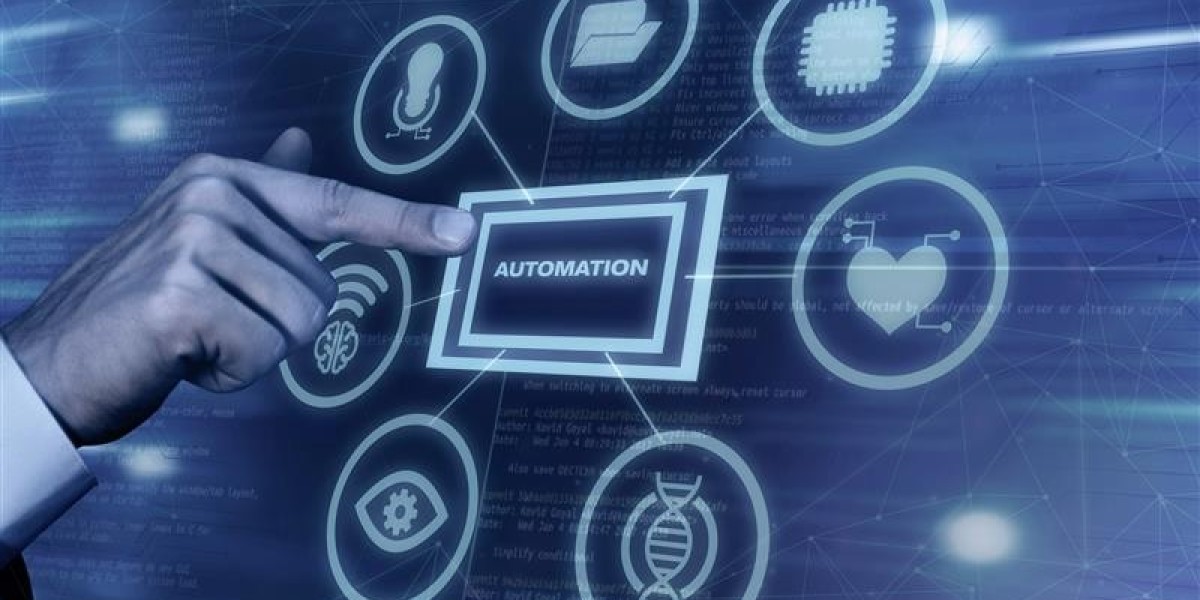In today’s rapidly evolving healthcare landscape, technology continues to be a powerful catalyst for innovation. Among the most transformative technologies is the Internet of Things (IoT)—a network of interconnected devices that collect and exchange data. From smart sensors to wearable devices and remote patient monitoring, IoT in healthcare is not just a trend but a revolution that is reshaping patient care, hospital operations, and medical research.
This article explores how IoT is being implemented in healthcare through real-world use cases, the substantial benefits it offers, and the challenges that providers and institutions must overcome for widespread adoption.
What Is IoT in Healthcare?
IoT in healthcare refers to a system of internet-connected medical devices that communicate and share data with healthcare providers, systems, and patients in real-time. These devices can include wearables like fitness trackers, implantable monitors, smart beds, connected inhalers, and even surgical instruments.
By continuously collecting and transmitting data, IoT enables more personalized care, proactive treatment, and better operational efficiency across healthcare settings.
Top Use Cases of IoT in Healthcare
1. Remote Patient Monitoring (RPM)
One of the most impactful applications of IoT is Remote Patient Monitoring. Devices like heart rate monitors, glucose sensors, and blood pressure cuffs collect real-time health data and send it to healthcare providers.
Key Benefits:
Early detection of health complications
Reduced hospital readmissions
Convenience for patients with chronic diseases
2. Smart Wearables
Fitness bands, smartwatches, and wearable ECG monitors are being used not only for fitness tracking but also for real-time monitoring of patients' vital signs.
Key Benefits:
Continuous health tracking
Alerts for irregular readings (e.g., arrhythmias)
Improved patient engagement
3. Asset Tracking in Hospitals
IoT-enabled tags and beacons help in tracking the location and status of hospital equipment like wheelchairs, defibrillators, and oxygen pumps.
Key Benefits:
Reduced equipment loss
Faster equipment location during emergencies
Improved workflow for medical staff
4. Smart Medication Management
IoT-enabled pill dispensers can remind patients when to take their medications and even notify caregivers if doses are missed.
Key Benefits:
Improved medication adherence
Reduced hospital visits due to medication errors
Better chronic disease management
5. Connected Ambulances
IoT-equipped ambulances can transmit patient vitals and diagnostics to hospitals while en route, enabling better preparedness for emergency care.
Key Benefits:
Faster decision-making upon patient arrival
Better coordination between paramedics and ER staff
Improved patient survival rates
6. Hospital Environment Monitoring
IoT sensors can monitor temperature, humidity, and air quality in operating rooms, storage areas, and patient wards.
Key Benefits:
Enhanced infection control
Compliance with safety standards
Reduced contamination risks
7. Telemedicine Integration
IoT-enabled diagnostic tools (like digital stethoscopes or otoscopes) can be used during virtual consultations to transmit data to doctors in real-time.
Key Benefits:
Higher quality remote consultations
Enhanced doctor-patient trust
Extended healthcare access in rural areas
Benefits of IoT in Healthcare
1. Enhanced Patient Care
Real-time data enables providers to act swiftly and make informed decisions, improving patient outcomes.
2. Operational Efficiency
IoT automates various routine tasks like inventory management, scheduling, and temperature control, freeing up human resources for critical care.
3. Reduced Costs
Remote monitoring and predictive maintenance of equipment reduce unnecessary hospital visits and breakdowns, helping cut healthcare costs.
4. Improved Diagnostics
Continuous data tracking helps physicians detect anomalies that may go unnoticed during periodic checkups.
5. Patient Empowerment
With access to their health data via apps and wearables, patients become active participants in their wellness journey.
6. Predictive Analytics
IoT devices collect huge volumes of data that can be processed for predictive analytics, helping in early diagnosis and outbreak prevention.
7. Streamlined Workflows
Automated alerts and real-time dashboards allow medical staff to prioritize tasks and avoid bottlenecks in patient care.
Challenges of IoT in Healthcare
Despite its numerous benefits, implementing IoT in healthcare comes with several challenges that must be addressed:
1. Data Privacy and Security
Patient data is highly sensitive. The transmission and storage of data across multiple devices increase the risk of breaches and cyberattacks.
Key Concerns:
HIPAA and GDPR compliance
Secure device authentication
End-to-end encryption
2. Device Interoperability
IoT devices from different manufacturers often lack standard communication protocols, leading to integration issues with existing systems.
Key Concerns:
Fragmented ecosystems
Data silos
Compatibility challenges with EHR systems
3. High Implementation Costs
Although IoT promises cost savings in the long run, initial investment in devices, infrastructure, and software can be significant.
Key Concerns:
Budget constraints in smaller clinics
Ongoing maintenance costs
Staff training expenses
4. Battery and Connectivity Limitations
Many IoT devices rely on batteries and stable internet connections, which can be problematic in remote or underserved areas.
Key Concerns:
Device downtime
Data loss
Reliability issues during emergencies
5. Regulatory and Legal Barriers
Laws and regulations surrounding IoT in healthcare are still evolving, creating uncertainty for manufacturers and providers.
Key Concerns:
Lack of clear guidelines
Liability in case of device failure
Slow approval processes for new technologies
The Role of IoT Solution Development in Healthcare
For the successful deployment of IoT in healthcare, customized and scalable solutions are essential. This is where IoT solution development plays a vital role. These services involve the design, development, and integration of tailored IoT ecosystems—combining hardware, software, connectivity, and analytics to meet the unique demands of healthcare providers.
What They Do:
Build HIPAA-compliant IoT applications
Enable real-time data streaming and visualization
Integrate IoT with existing hospital systems (EHR, CRM, etc.)
Provide robust cybersecurity frameworks
Support scalability and device interoperability
By working with experienced developers, healthcare organizations can mitigate challenges, ensure compliance, and maximize the impact of their IoT initiatives.
Trends Driving IoT in Healthcare Forward
1. AI-Powered Predictive Healthcare
Combining IoT with AI allows for predictive diagnostics, alerting patients and doctors about potential health issues before they become severe.
2. 5G-Enabled Devices
5G connectivity is improving the speed and reliability of data transmission, especially useful for mobile and remote health applications.
3. Blockchain for Security
Blockchain is being explored for securely sharing medical records and device logs, adding transparency and trust to data handling.
4. Digital Twins
Digital replicas of patients, powered by IoT data, are being used for simulations, diagnosis, and treatment planning.
5. Edge Computing
Edge computing allows IoT devices to process data locally, reducing latency and dependency on cloud infrastructure.
Final Thoughts
IoT is undeniably reshaping healthcare by enabling smarter care delivery, real-time decision-making, and patient-centric services. From chronic disease management to hospital asset tracking, the use cases are diverse and impactful. However, to realize the full potential of this technology, it’s crucial to address challenges like data security, interoperability, and compliance.
The future of healthcare lies in connected ecosystems—and with strategic IoT solution development, providers can ensure these systems are secure, scalable, and designed with patients at the heart of innovation.








